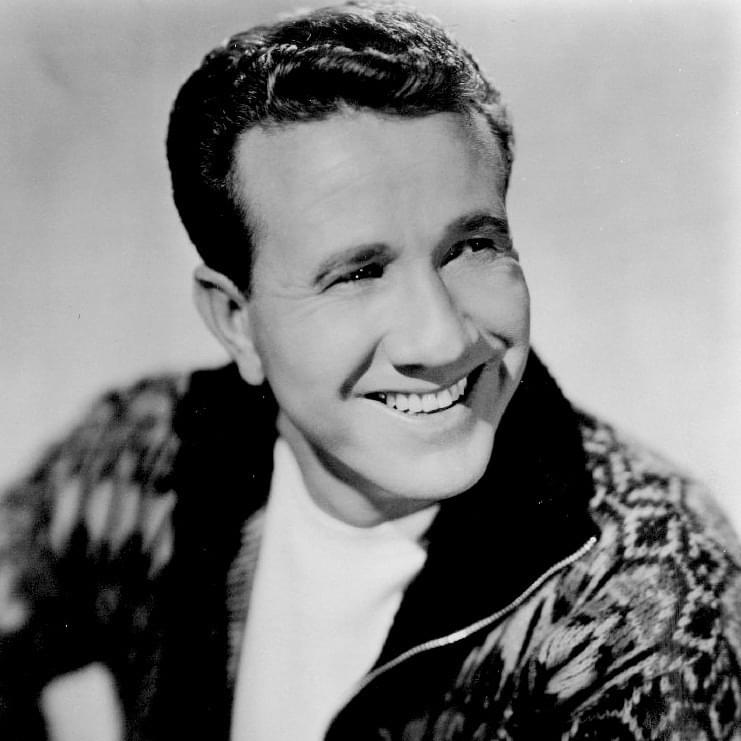
Marty Robbins – “Love Me or Leave Me Alone”: The Quiet, Tentative First Step of a Legend in the Making
There is a singular, almost sacred sense of history attached to a performer’s very first recording, that moment when a voice, destined for greatness, is finally captured for posterity. For a towering figure like Marty Robbins, whose career would span genre, from Western ballads and country-pop to Hawaiian serenades, his solo debut single, “Love Me or Leave Me Alone,” holds a special, if muted, place. It is a quiet prologue to a thunderous story.
Released by Columbia Records in 1952, “Love Me or Leave Me Alone” was the song that officially launched the recording career of Martin David Robinson—who was, at the time, still a burgeoning talent emerging from local radio and television in Phoenix, Arizona.
Chart Performance and The Unsung Debut
Unlike the roaring success that followed, this very first single did not chart in the US Country Top 30. It slipped by the public largely unnoticed, a minor note in the busy musical landscape of the early 1950s.
However, the track immediately succeeding it—“I’ll Go on Alone,” which was also recorded during these early sessions—tells the real story of his immediate potential. Released shortly after his debut, “I’ll Go on Alone” rocketed to the top, becoming Marty Robbins’ first career Number 1 hit on the country charts for the final two weeks of 1952. This phenomenal, immediate chart success—his second single becoming his first number one—confirmed to both Columbia Records and the young singer himself that he had the voice and the charisma to command the national stage. The real importance of “Love Me or Leave Me Alone” is that it represents the raw, unpolished starting line, the moment he took the crucial leap from local talent to signed artist.
The Quiet Story Behind the Song
By 1952, Marty Robbins was ready. He had already found his initial success hosting his own television show, Western Caravan, on KPHO-TV in Phoenix. It was there that country star “Little” Jimmy Dickens saw him perform and, utterly impressed, helped Robbins secure the pivotal contract with Columbia Records. This first single was the direct result of Dickens’ faith and Robbins’ own ambition to move beyond the local airwaves.
The song itself is an early example of the pure country ballad that Marty mastered. It showcases the crystalline clarity of his voice, a voice so clean and smooth it earned him the early nickname “Mr. Teardrop” for his emotive performances. Though his later tracks would explore the theatrical drama of the gunfighter and the lush orchestration of pop crossovers like “A White Sport Coat (And a Pink Carnation),” this first track is simple, direct, and unadorned—a gentle plea of romantic ultimatum.
The Meaning of a Beginning
For us, the dedicated listeners who have lived through the many eras of Marty Robbins’ music, this song is more than a forgotten single; it’s an echo of a simpler time, a profound moment of reflection. It reminds us of the sheer range of his talent—a talent so vast that his true breakout moment was nearly overshadowed by his debut itself.
The meaning of “Love Me or Leave Me Alone” is the meaning of any great artist’s beginning: a moment of nervous hope, a test of faith in one’s own path. It’s the sound of a young man, barely into his twenties, setting aside the cowboy songs of his idol Gene Autry for a moment to prove his mettle with a straightforward, heartbroken country song.
Listening to it today, one can almost feel the weight of his unproven future. It carries the wistful charm of an artist on the precipice—not yet the legend of “El Paso,” but the honest, gifted young singer who was about to change the face of country music forever. That first record, the one that didn’t chart, is a beautiful reminder that destiny often announces itself with a quiet knock before it blows the door down.